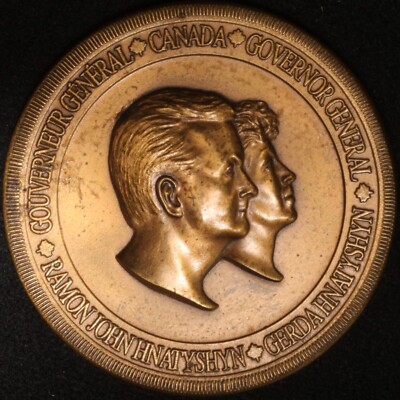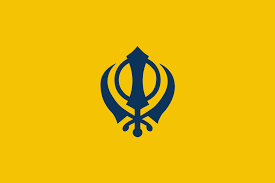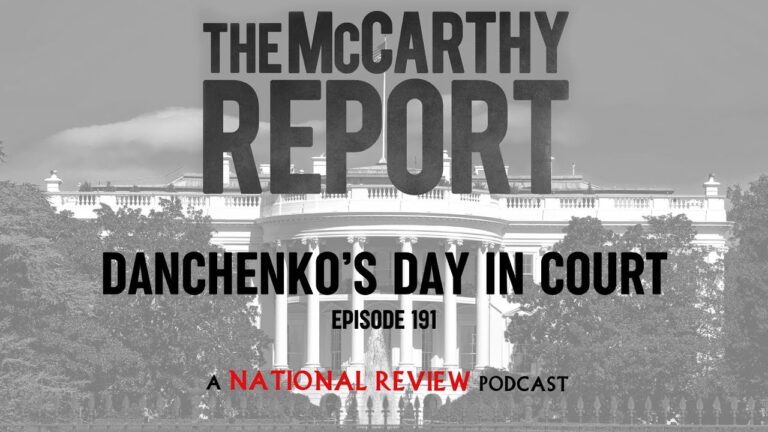
Introduction
The Governor General of Canada plays a crucial role in the country’s governance, serving as the monarch’s representative. This position, appointed by the Prime Minister and confirmed by the monarch, holds significant ceremonial and constitutional responsibilities. Understanding the Governor General’s role is essential as it reflects Canada’s parliamentary democracy and constitutional monarchy, highlighting how the country maintains its ties to the British monarchy while operating as an independent nation.
Current Events and Responsibilities
As of 2023, Mary Simon serves as the Governor General, being the first Indigenous person to hold this prestigious position. Since her appointment in July 2021, she has worked towards promoting reconciliation with Indigenous communities, emphasizing the importance of inclusivity in Canadian society. The Governor General’s responsibilities include granting Royal Assent to legislation passed by Parliament, performing ceremonial duties, and representing Canada in diplomatic relations.
Recently, Governor General Simon hosted a number of events focused on Indigenous issues, including the National Indigenous Peoples Day. Her initiatives aim to foster a deeper understanding and respect between Indigenous and non-Indigenous Canadians, aligning with the government’s broader reconciliation efforts.
The Significance of the Role
The Governor General’s role is not merely ceremonial; it is a vital aspect of Canada’s governance. The position acts as a constitutional safeguard, ensuring that the democratic processes are respected and followed. The Governor General also has the discretion to appoint and dismiss the Prime Minister, a responsibility that underscores the office’s significance during political crises.
Moreover, the Governor General represents Canada on the international stage, meeting with foreign dignitaries and promoting Canadian interests abroad. This is particularly important as Canada navigates complex global relationships and advocates for issues like climate change, human rights, and international peacekeeping.
Conclusion
In conclusion, the Governor General of Canada embodies both the ceremonial and practical aspects of governance in the nation. As Canada continues to evolve, the role remains pivotal in bridging history with modern governance, shaping the nation’s identity while upholding constitutional traditions. Moving forward, it will be important to observe how the Governor General adapts to changing political landscapes and societal needs, as well as the ongoing efforts in promoting equality and reconciliation within Canadian borders.






